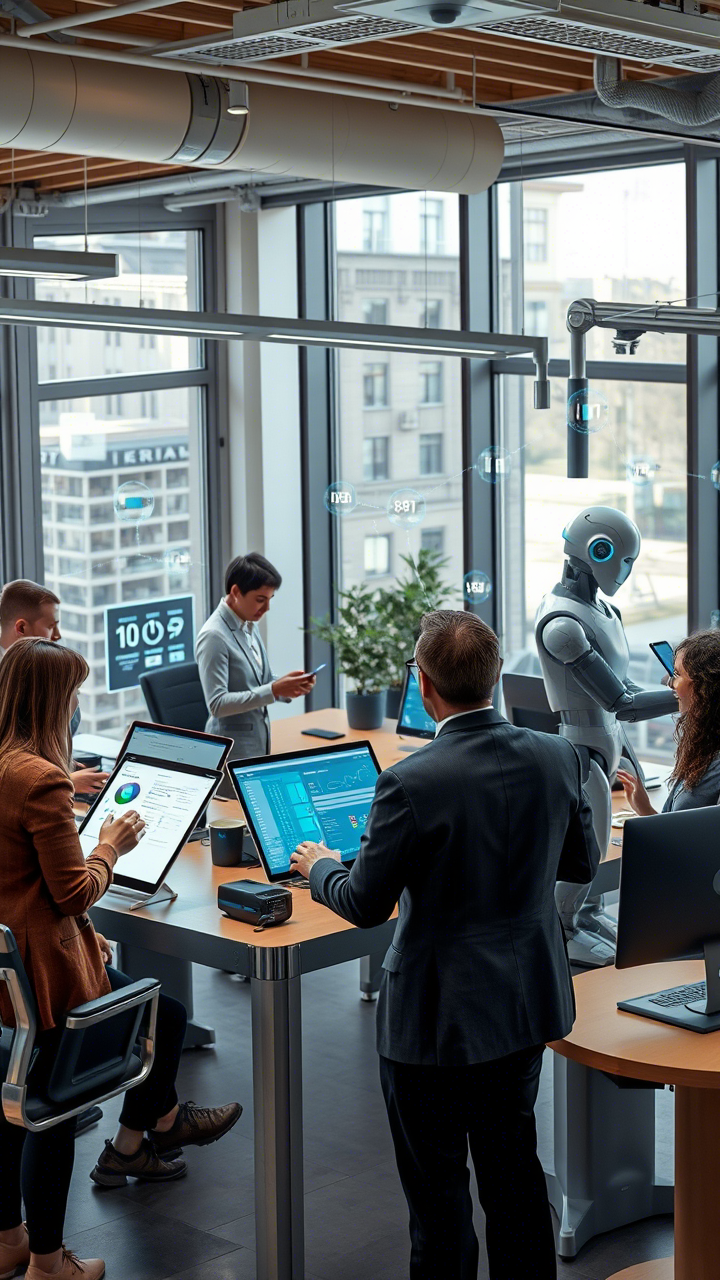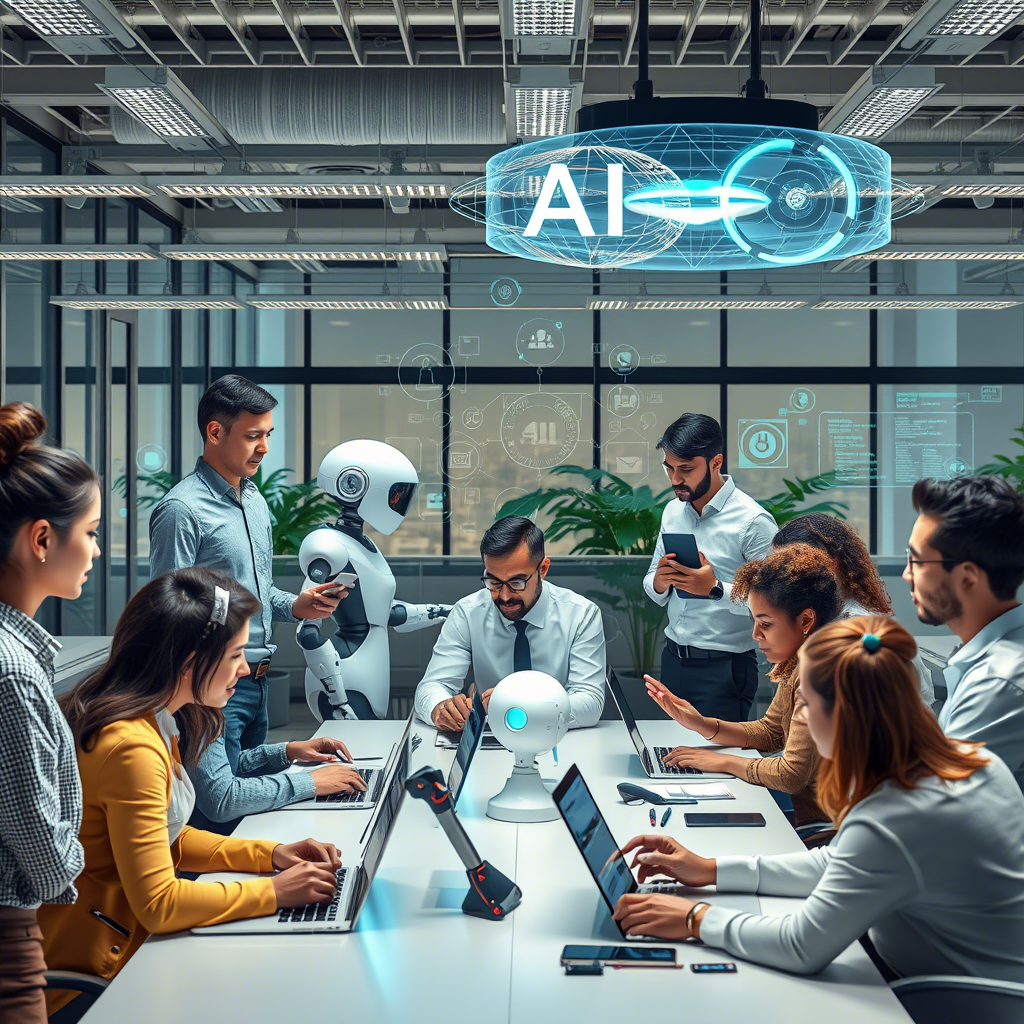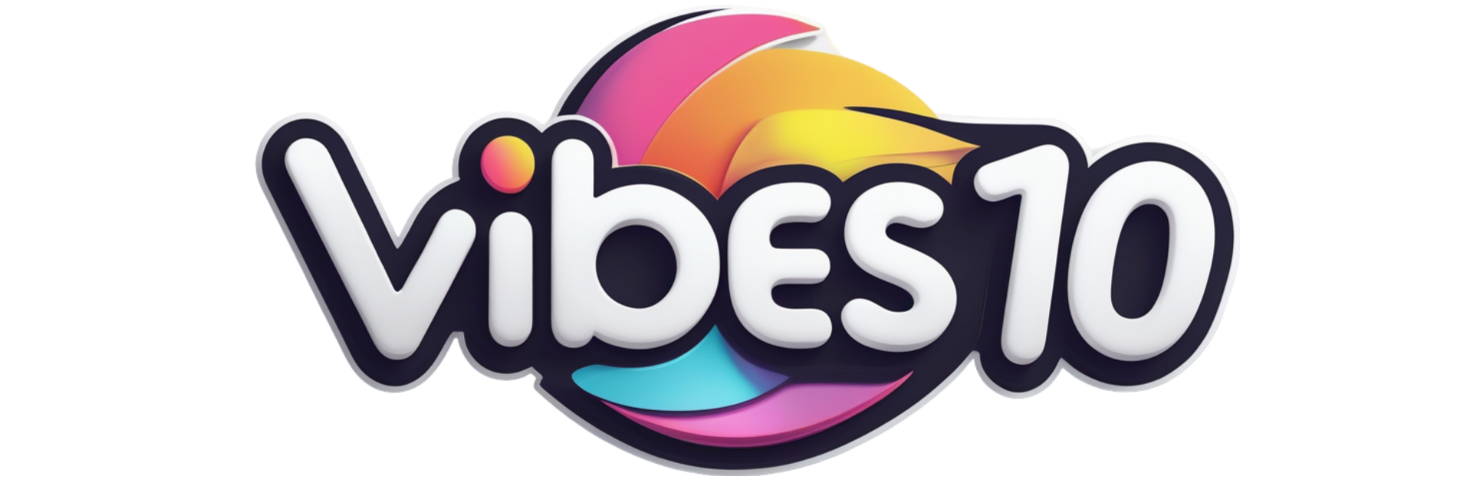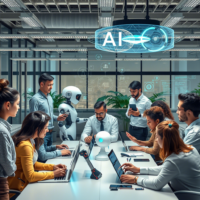The landscape of work is undergoing a seismic shift, driven by the rapid advancement of artificial intelligence (AI). As we step further into 2023, it’s becoming increasingly clear that AI isn’t just a buzzword—it’s a transformative force reshaping industries across the board. From automation to creative fields, AI is redefining job roles, creating new opportunities, and challenging traditional ways of working. In this blog post, we’ll explore how AI is transforming various sectors, discuss its impact on specific job roles, and highlight some of the most powerful AI tools revolutionizing content creation.
Understanding AI’s Role in Shaping the Future of Work
Artificial intelligence refers to machines or software capable of performing tasks that typically require human intelligence, such as problem-solving, decision-making, learning, and even creativity. While AI has been around for decades, recent breakthroughs in machine learning, natural language processing, and computer vision have accelerated its adoption across industries.
In 2023, AI is no longer confined to tech companies; it’s being integrated into healthcare, finance, education, marketing, and more. This integration is not only improving efficiency but also creating entirely new types of jobs while altering existing ones. Let’s dive deeper into how AI is transforming key areas of work.

Automation: Streamlining Repetitive Tasks
One of the most visible impacts of AI is its ability to automate repetitive and time-consuming tasks. Industries like manufacturing, logistics, and customer service are already benefiting from AI-driven automation. For example:
- Manufacturing: Robots equipped with AI can perform complex assembly line tasks faster and with greater precision than humans.
- Logistics: AI-powered algorithms optimize supply chain management, reducing costs and delivery times.
- Customer Service: Chatbots and virtual assistants handle routine inquiries, freeing up human agents to focus on more complex issues.
While automation raises concerns about job displacement, it also creates opportunities for workers to transition into higher-value roles. For instance, instead of manually processing data, employees can now analyze insights generated by AI systems, leading to better decision-making.
Creative Fields: Enhancing Human Creativity
Contrary to popular belief, AI isn’t replacing artists, writers, and designers—it’s enhancing their capabilities. Tools powered by AI are enabling creatives to push boundaries and produce work at unprecedented scales. Here’s how:
- Writing & Content Creation: Platforms like ChatGPT and Jasper AI assist writers in generating high-quality drafts, allowing them to refine and polish their ideas more efficiently.
- Graphic Design: Software like Canva and Adobe Express use AI to suggest layouts, color schemes, and typography options, making design accessible to non-experts.
- Music Composition: AI tools like Amper Music and AIVA help musicians create original compositions tailored to specific moods or genres.
By automating tedious aspects of creative work, AI allows professionals to focus on innovation and storytelling—areas where human intuition still reigns supreme.
Healthcare: Revolutionizing Patient Care
AI is transforming healthcare by improving diagnostics, personalizing treatment plans, and streamlining administrative processes. Consider these examples:
- Medical Imaging: AI algorithms analyze X-rays, MRIs, and CT scans with remarkable accuracy, helping doctors detect diseases earlier.
- Drug Discovery: Machine learning models accelerate the drug development process by predicting how different compounds will interact with biological systems.
- Telemedicine: Virtual health platforms powered by AI provide patients with instant access to medical advice and consultations.
These advancements don’t eliminate the need for human doctors and nurses—they empower them to deliver better care. By handling routine tasks, AI enables healthcare professionals to spend more time connecting with patients and addressing their unique needs.

Finance: Redefining Financial Services
The financial sector is another area where AI is making waves. From fraud detection to personalized investment advice, AI is enhancing both security and convenience:
- Fraud Detection: AI monitors transactions in real-time, flagging suspicious activity before it causes harm.
- Robo-Advisors: These automated platforms offer customized investment strategies based on users’ risk tolerance and financial goals.
- Algorithmic Trading: High-frequency trading systems execute millions of trades per second, capitalizing on market inefficiencies.
As AI continues to evolve, it will likely lead to the creation of new roles, such as AI ethics officers and data privacy specialists, ensuring responsible use of technology in finance.
Top AI Tools for Content Creation in 2023
Content creation is one of the domains where AI is having the most profound impact. Whether you’re writing articles, designing graphics, or producing videos, there’s an AI tool available to streamline your workflow. Below are some of the top AI tools for content creation in 2023:
1. ChatGPT
Developed by OpenAI, ChatGPT is a state-of-the-art language model capable of generating coherent and contextually relevant text. It excels at:
- Writing blog posts, articles, and social media captions.
- Drafting emails and business documents.
- Answering questions and providing explanations.
For marketers, writers, and educators, ChatGPT serves as a versatile assistant that saves time and boosts productivity.
2. DALL-E
Also from OpenAI, DALL-E takes visual content creation to the next level. This AI model generates stunning images and illustrations based on textual descriptions. Imagine describing a scene—a futuristic cityscape or a whimsical animal—and watching it come to life in seconds!
DALL-E is particularly useful for graphic designers, advertisers, and anyone looking to enhance their visual storytelling.
3. Jasper AI
Jasper AI is another popular platform for generating written content. Its strengths include:
- SEO optimization: Helping creators rank higher in search engine results.
- Tone adjustment: Tailoring the tone of content to match specific audiences (e.g., formal, casual, humorous).
- Multilingual support: Producing content in multiple languages without losing quality.
With Jasper AI, businesses can scale their content production while maintaining consistency and professionalism.
4. Grammarly Business
While not exclusively an AI tool for content creation, Grammarly Business deserves mention for its role in refining written output. Using advanced algorithms, it checks grammar, punctuation, and style, ensuring polished final drafts.
For teams collaborating on large projects, Grammarly’s collaboration features make editing seamless and efficient.
5. Runway ML
Runway ML is a cutting-edge platform for video editing and animation powered by AI. With its intuitive interface, users can:
- Add special effects to videos with minimal effort.
- Generate realistic voiceovers using text-to-speech technology.
- Create animations and motion graphics automatically.
Whether you’re a YouTuber, filmmaker, or marketer, Runway ML simplifies the video production process.
6. Canva Pro
Although Canva isn’t purely AI-based, its integration with AI features makes it indispensable for designers. Key functionalities include:
- Smart resizing: Automatically adjust designs to fit various formats (social media, print, etc.).
- Layout suggestions: Receive recommendations for balanced and aesthetically pleasing compositions.
- Image enhancement: Improve photo quality with AI-driven filters and adjustments.
Canva Pro democratizes design, empowering individuals and small businesses to create professional-grade visuals.
Preparing for the AI-Driven Workplace

As AI continues to reshape job roles, it’s essential for workers to adapt and acquire skills that complement these technologies. Here are some steps to consider:
- Upskill Continuously: Stay updated on the latest AI trends and tools relevant to your industry.
- Emphasize Soft Skills: Focus on developing interpersonal skills, emotional intelligence, and critical thinking—qualities that remain uniquely human.
- Collaborate with Machines: View AI as a partner rather than a competitor, leveraging its strengths to amplify your own abilities.
- Advocate for Ethical AI Use: Ensure that AI applications respect privacy, fairness, and transparency.
By embracing change and fostering a mindset of lifelong learning, workers can thrive in the AI-driven workplace of tomorrow.
Conclusion
The future of work is here, and AI is at its core. From automating mundane tasks to augmenting human creativity, AI is revolutionizing industries and redefining job roles. At the same time, powerful AI tools like ChatGPT, DALL-E, and Jasper AI are transforming content creation, making it faster, easier, and more accessible than ever before.
While the rise of AI brings challenges, it also offers immense opportunities for growth and innovation. By staying informed, acquiring new skills, and adopting a proactive approach, individuals and organizations can harness the full potential of AI to shape a brighter future.

